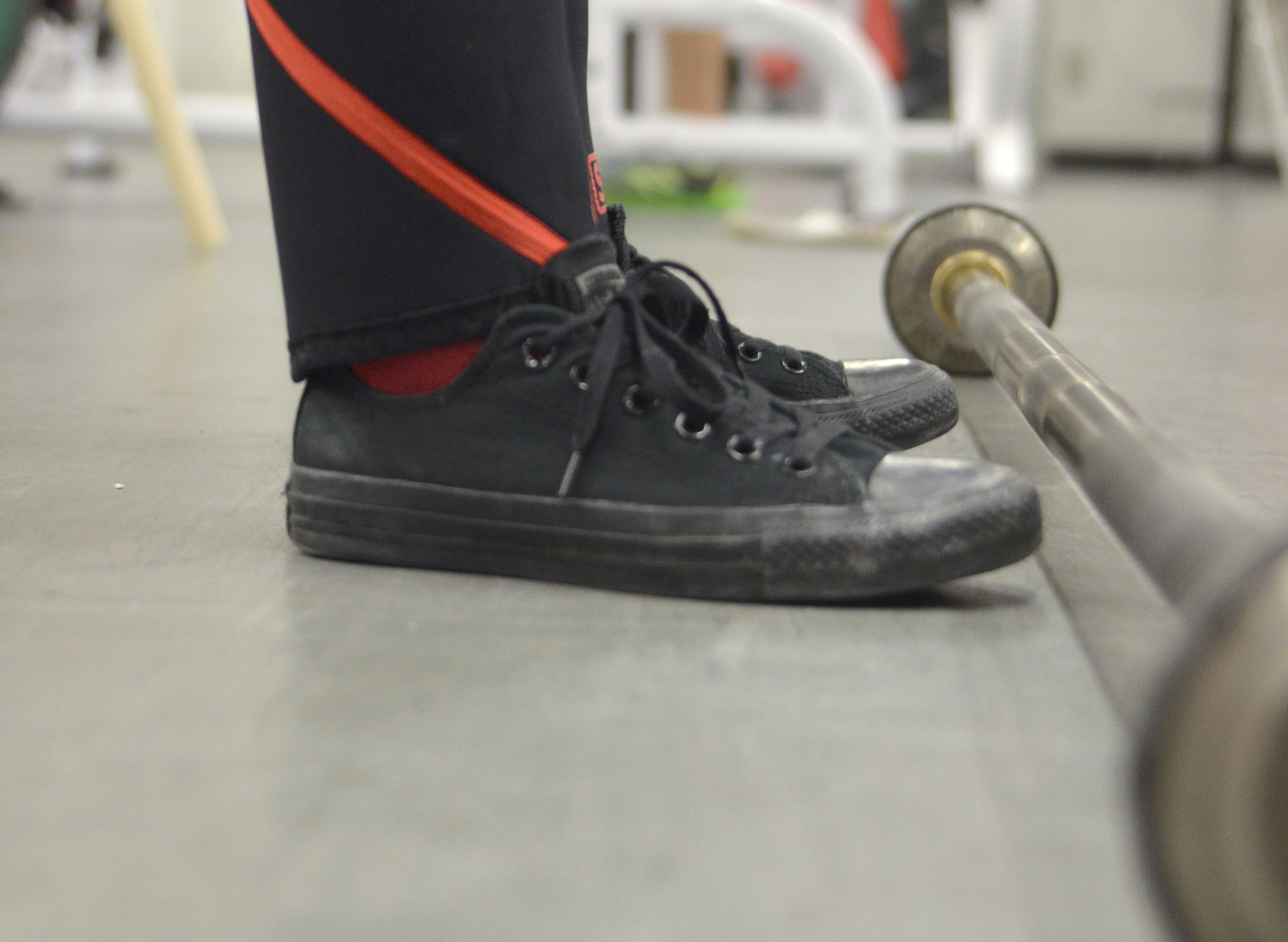For me, like for any feminist critical of gender roles, getting into lifting was an experience both personal and somewhat political. It felt empowering to me as a woman to drop excessive cardio in favour of strength. I had grown to resent the ‘cardio culture’ that seemed almost imposed on women: a woman should be restricting her calories, running every day to decrease the space that she occupies, and working to become petite and delicate like a woman should be. I started eating more, getting stronger, and encouraging other women to do the same, thinking: “Why don’t all girls reject this fear of lifting being manly and making them bulky, and just jump in?” But it’s not that simple, since this fear is an effect of compulsory gender norms.
Any girl who lifts can show you whom they follow on Instagram, where the hashtags #fitgirls or #girlswholift will produce endless posts featuring fit women, sometimes half-naked and hypersexualized, captioned, “Ladies, put those two-pound dumbbells down and start real lifting! Don’t be afraid, you won’t get bulky!” The hashtag #squats exhibits even more sexualized booty pictures that turn lifting into just another aesthetic imposition on women, rather than a means of empowerment and physical well-being.
I don’t doubt that most of these women mean well – I have certainly felt the urge myself to spread the barbell gospel and inform all my female friends about how powerlifting changed my life. However, while I recognize that lifting weights does have an aesthetic component, I have a few criticisms of the mentality displayed through those hashtags, and of the way we approach the relationship between women and sports in general.
Encouraging women to lift should not be about encouraging them to be sexualized in a different way; it needs to be approached as an act of athletics, and not simply aesthetics.
While women might indeed be afraid to lift for fear of becoming bulky, this is an individual instance of a much deeper social problem, namely, the problem of the imposition of femininity on women. A feminine woman is petite, takes up little space, and is passive rather than assertive and dominant. To become smaller, women are expected to exercise through cardio and restrict their eating, in the hope of fitting a narrow image of a ‘beautiful’ body. Meanwhile, men are to eat as much as they can, unleash their strength and dominance, and become bigger and stronger.
There are women who feel confident enough to deviate from gender roles; some people overcome the pressure of gender roles more easily than others. However, when a woman is socialized to behave in a particular way and internalizes these patterns of behaviour as something she must conform to, it is very difficult to one day step off the treadmill and into the male-dominated weights section. The treadmill makes her feel less insecure about the body fat she believes to be excessive, while the weights section can be intimidating and may seem too unfeminine, regardless of what other ‘fit girls’ try to tell her.
Although the rising popularity of lifting among women can help trump these internalized behaviours and dispositions, it can also reinforce them. Looking at these hypersexualized women doing photoshoots in the squat rack half-naked, a woman may wish to replicate their newly fashionable curves and defined, toned bodies. Yet, she might well remain intimidated, partially because women lifting is only recently socially acceptable, but also because, as it grows in popularity, weightlifting is creating another unattainable beauty standard for women. Now, it’s okay if women lift, but they still can’t really be bulky. Larger glutes from squats and deadlifts aren’t the same thing as the bulk that repulses men and scares women. ‘Girls who lift’ are fine when they are ‘booty-builders’ and bikini-clad fitness models with moderately small frames, but they become “gross” if they are heavier, singlet-wearing powerlifters who grunt, slap their thick thighs, and hype themselves into dominating a difficult weight. In other words, it’s okay for a woman to lift if compulsory femininity firmly keeps its grasp on her, finding a way to objectify and sexualize the woman rather than allowing her to be an active subject, to act upon something, to unleash her strength, and to claim her dominance and space. Encouraging women to lift should not be about encouraging them to be sexualized in a different way; it needs to be approached as an act of athletics, and not simply aesthetics.
Women and their athletic choices, whatever they may be, should be respected and free from unwarranted and counterproductive scrutiny.
I’m not saying that lifting will or should necessarily make a woman bulky. Different training styles, diets, and genetics produce different results, and women’s bodies should not be thought of as something put into a given athletic process for one narrow, specific result. I am, however, challenging the notion that getting bulky is somehow a bad thing, and propose to retire the saying, “don’t be afraid to lift, you won’t get bulky!” It just feeds into gender conformity. So what if a woman is bulky?
Sport allows women to act upon something rather than be acted upon, and can be liberating for them, but this is not the case if they are enticed into it through the same structures that oppress them and if they are pressured once again to fit into an unattainable mould. Women’s bodies are diverse, and should not be subjected to a narrow spectrum where bulkiness is shamed or forbidden – and neither should they be shamed for behaving in accordance with the roles imposed on them. Instead, women and their athletic choices, whatever they may be, should be respected and free from unwarranted and counterproductive scrutiny.

